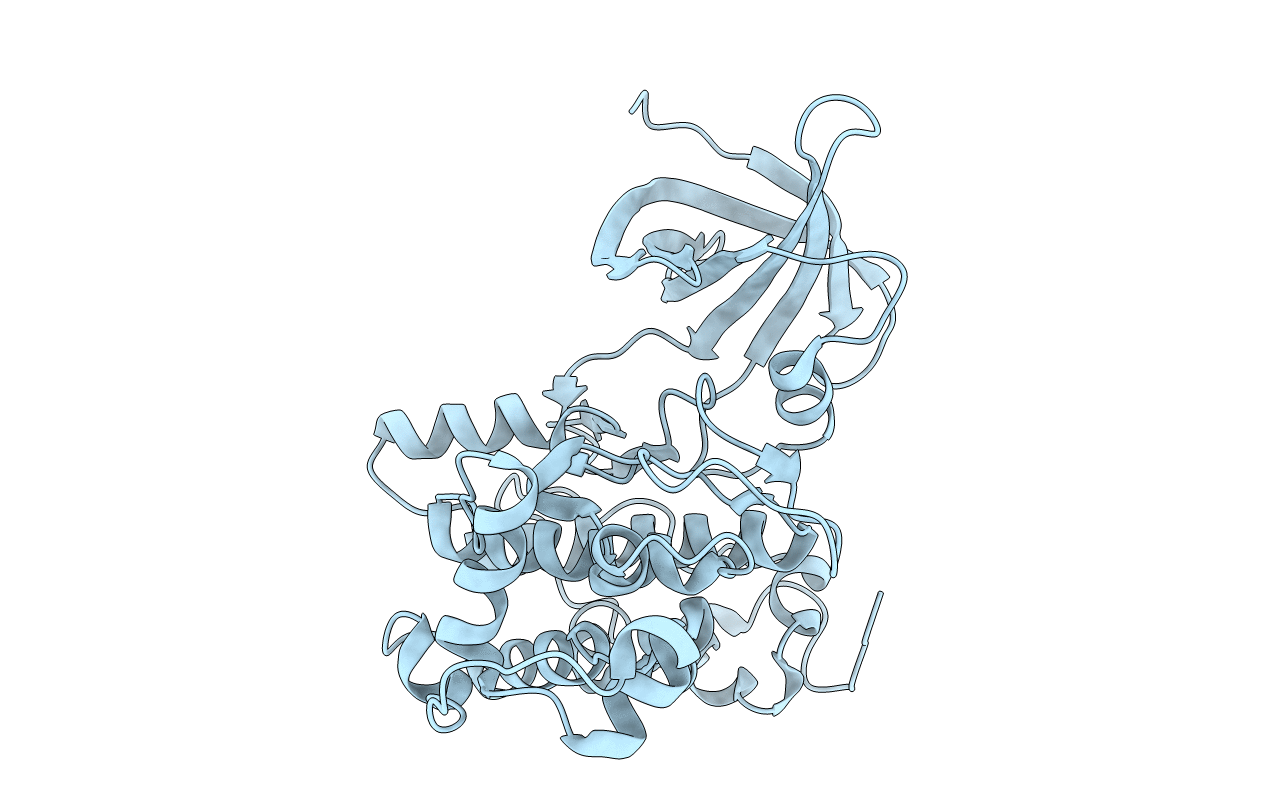
Deposition Date
2012-03-19
Release Date
2012-05-16
Last Version Date
2024-10-30
Method Details:
Experimental Method:
Resolution:
3.30 Å
R-Value Free:
0.29
R-Value Work:
0.24
R-Value Observed:
0.24
Space Group:
P 3 2 1


